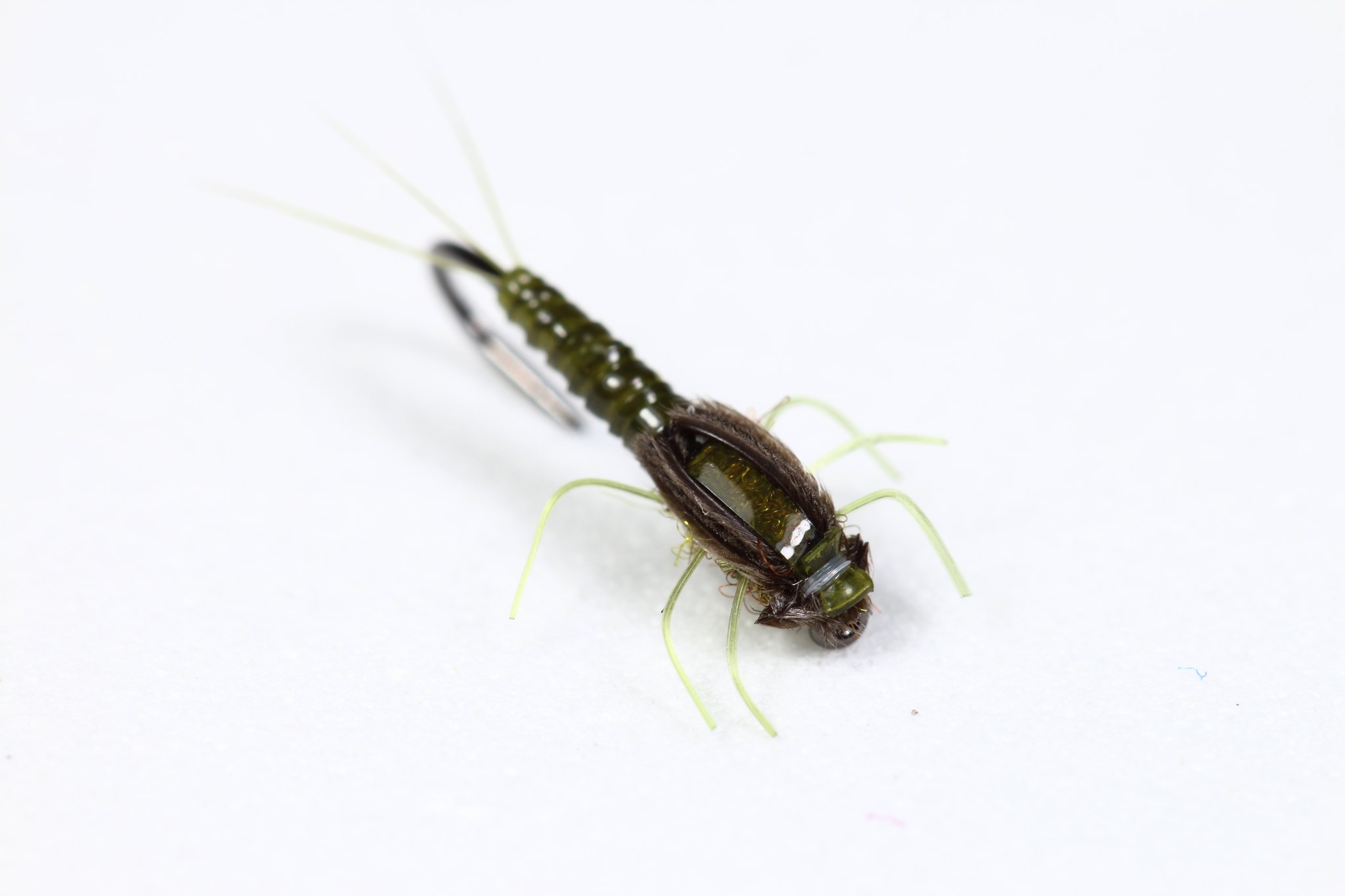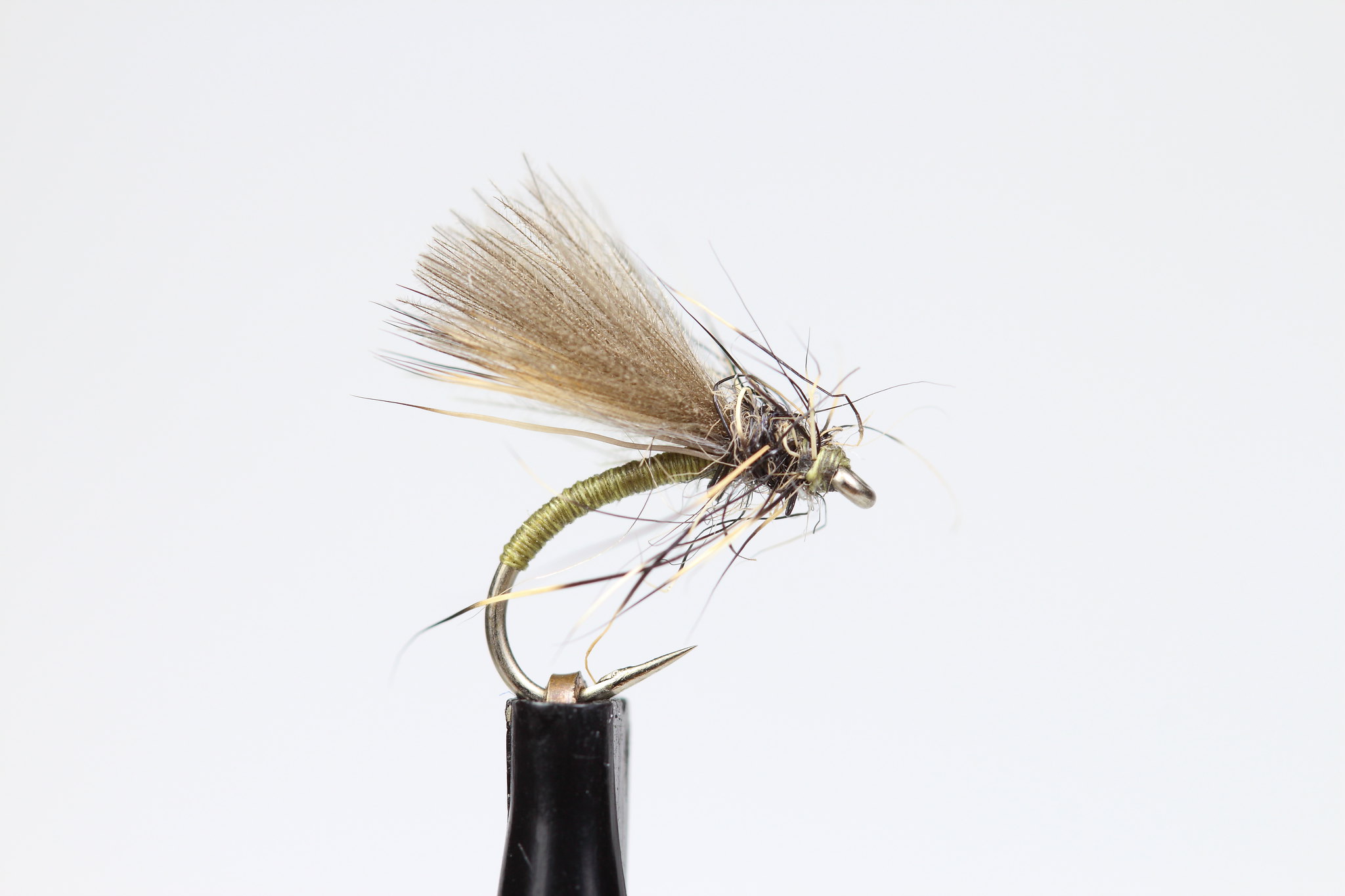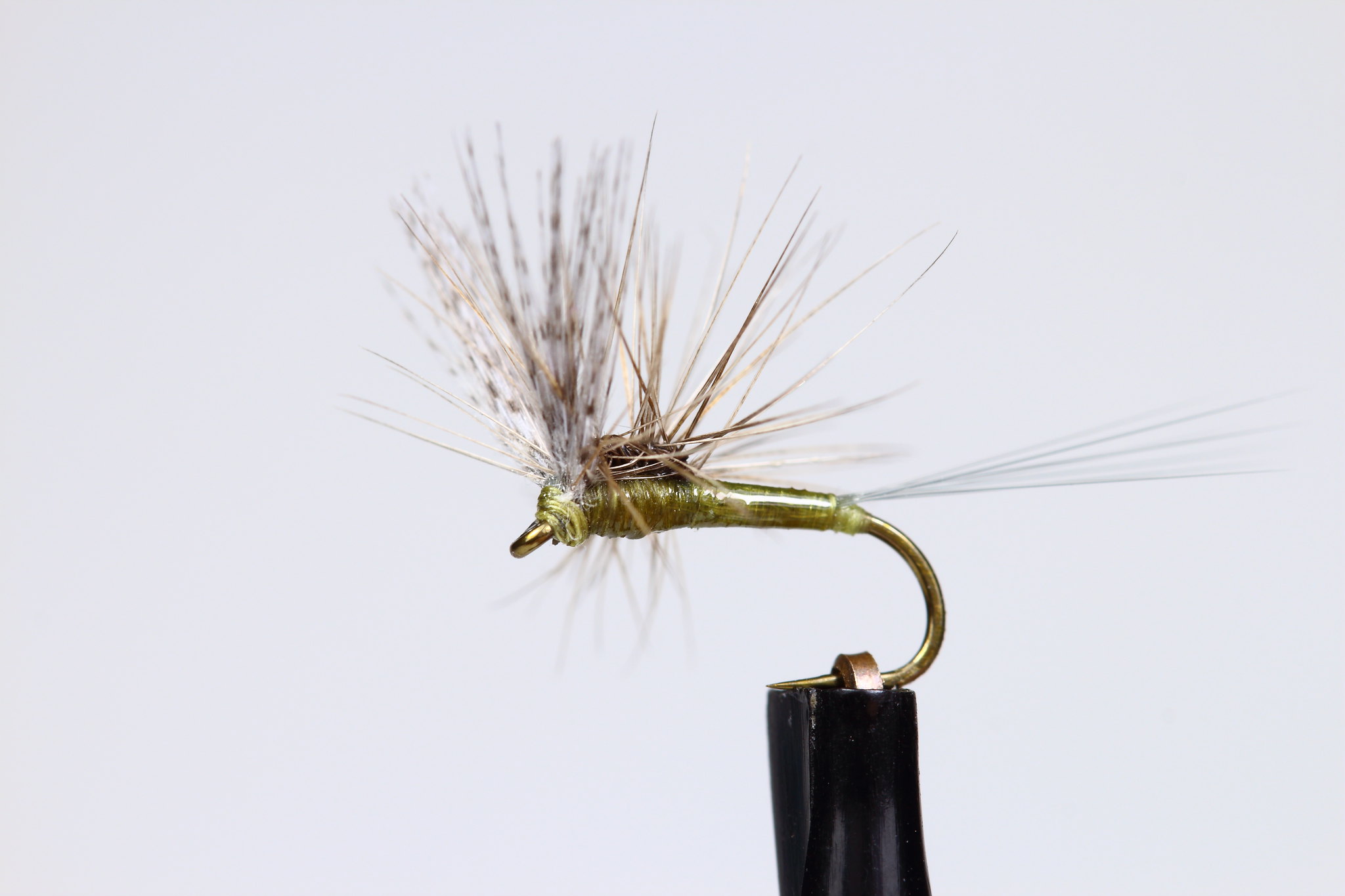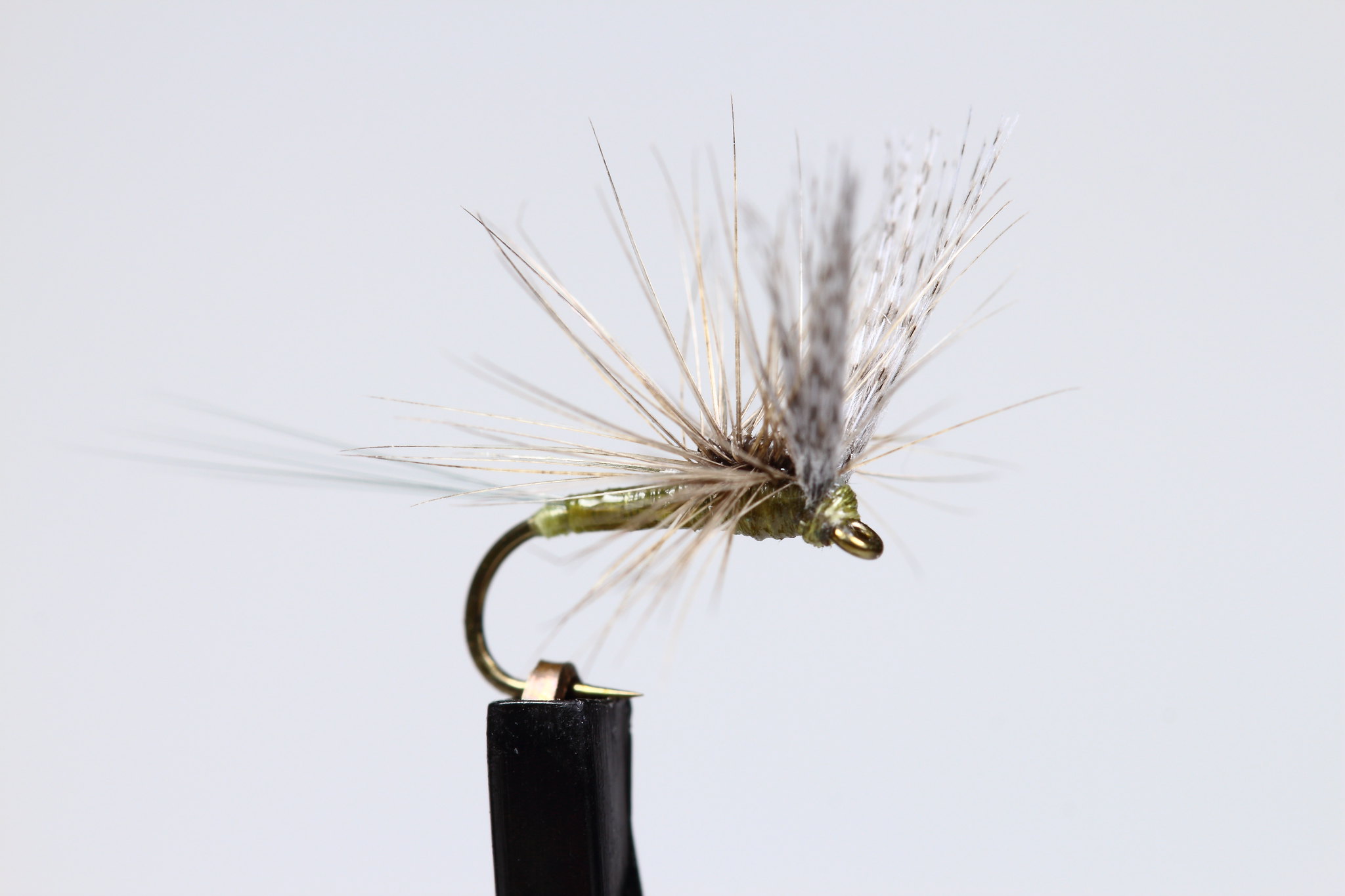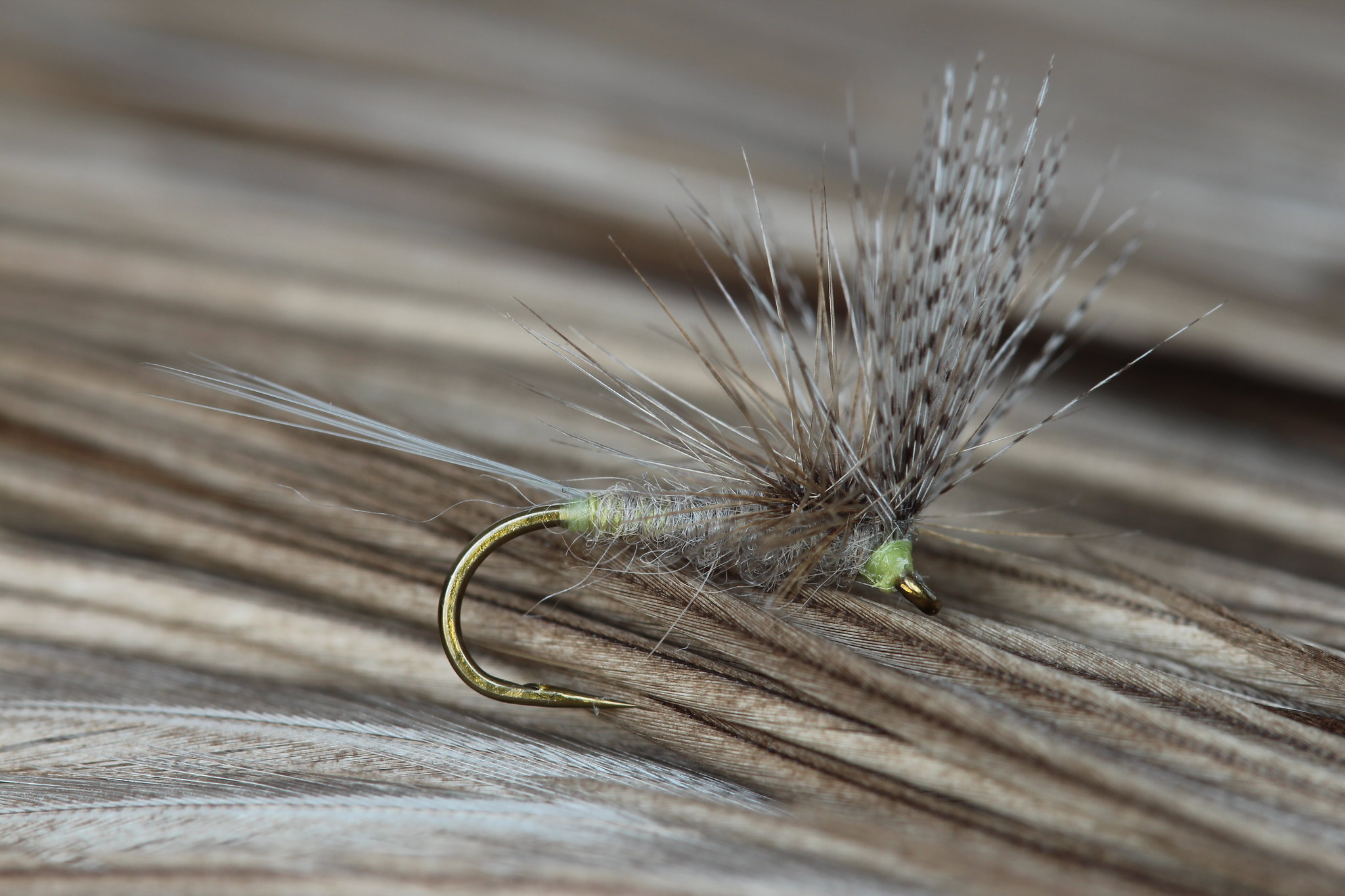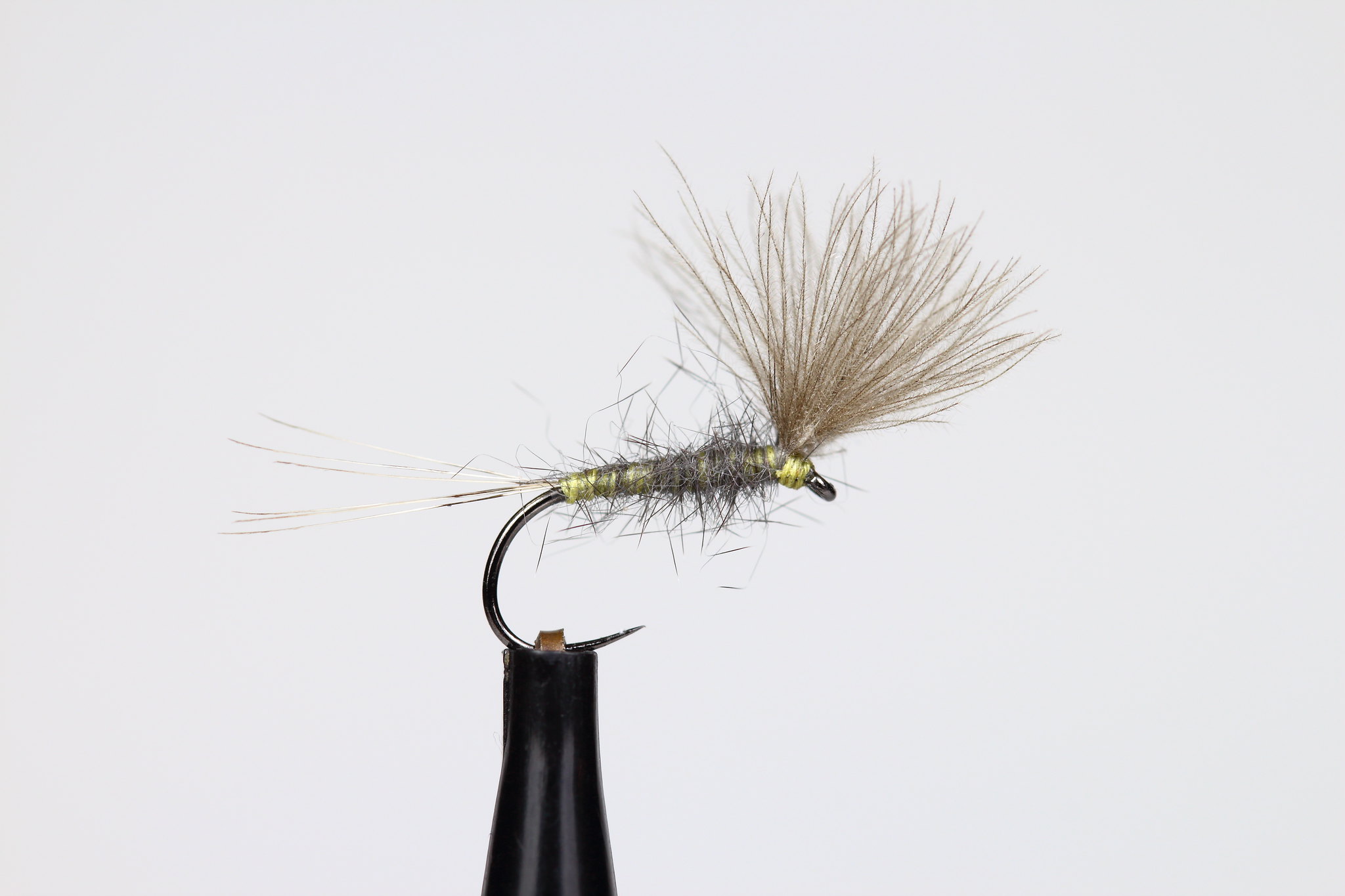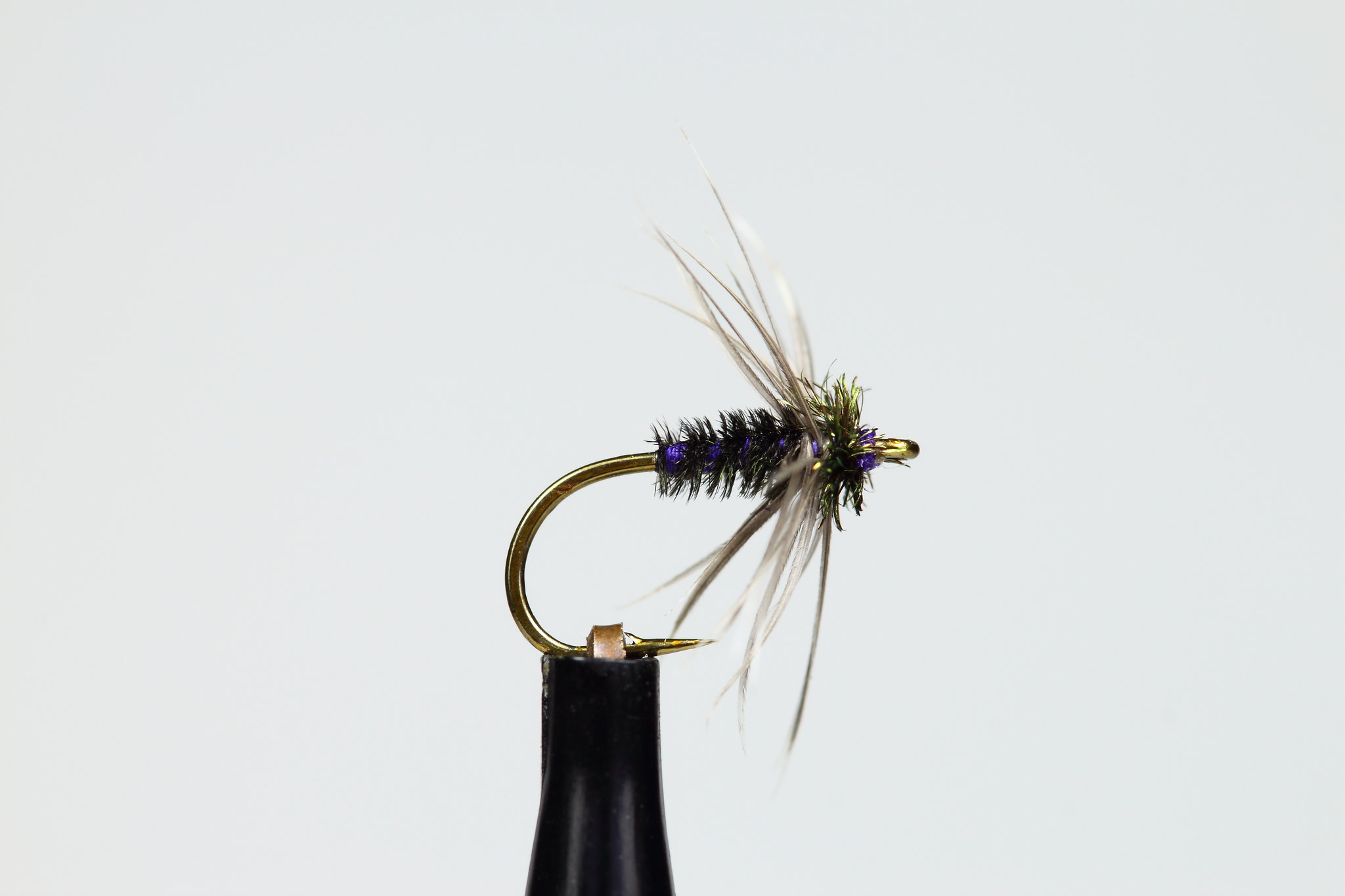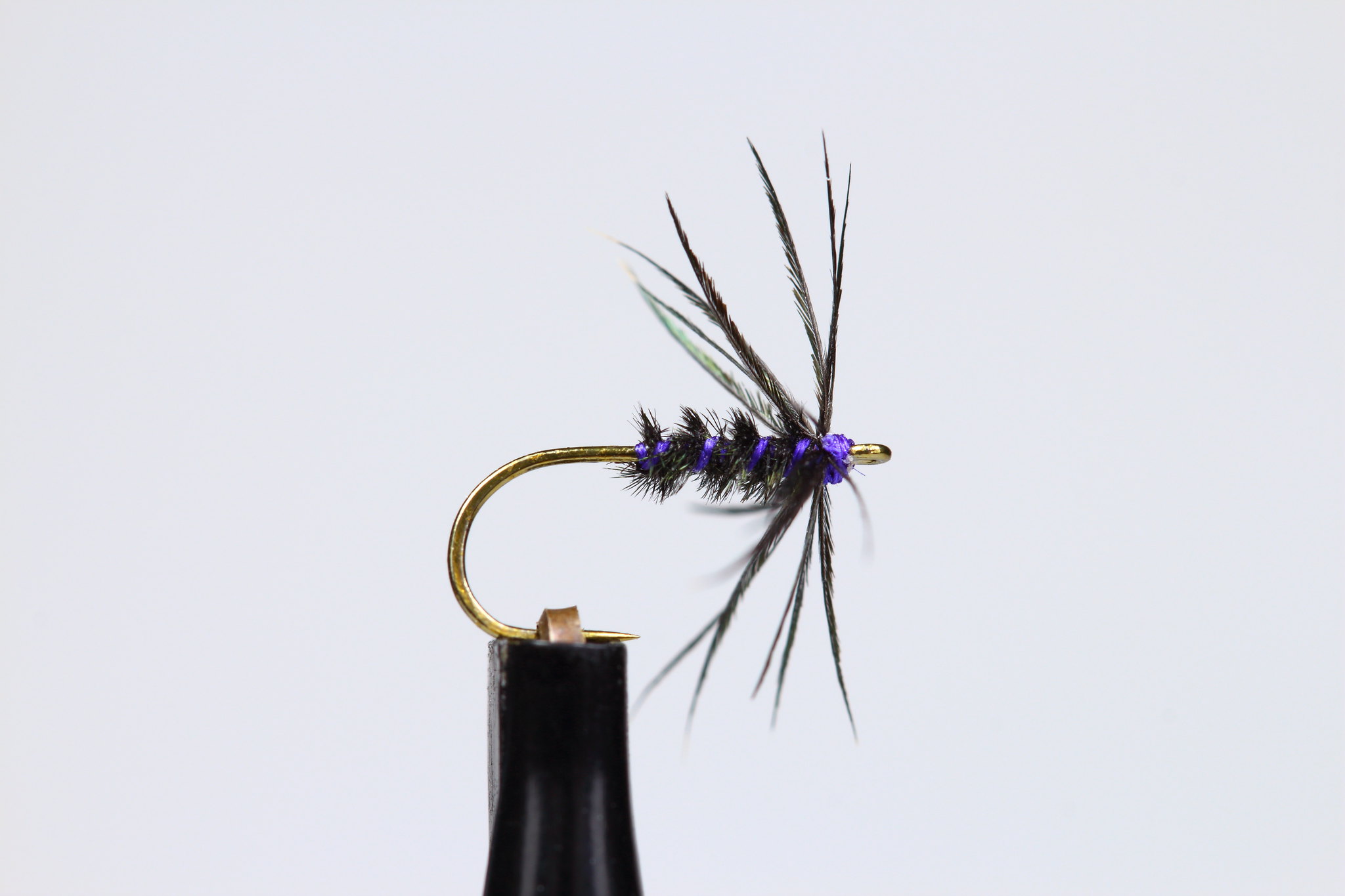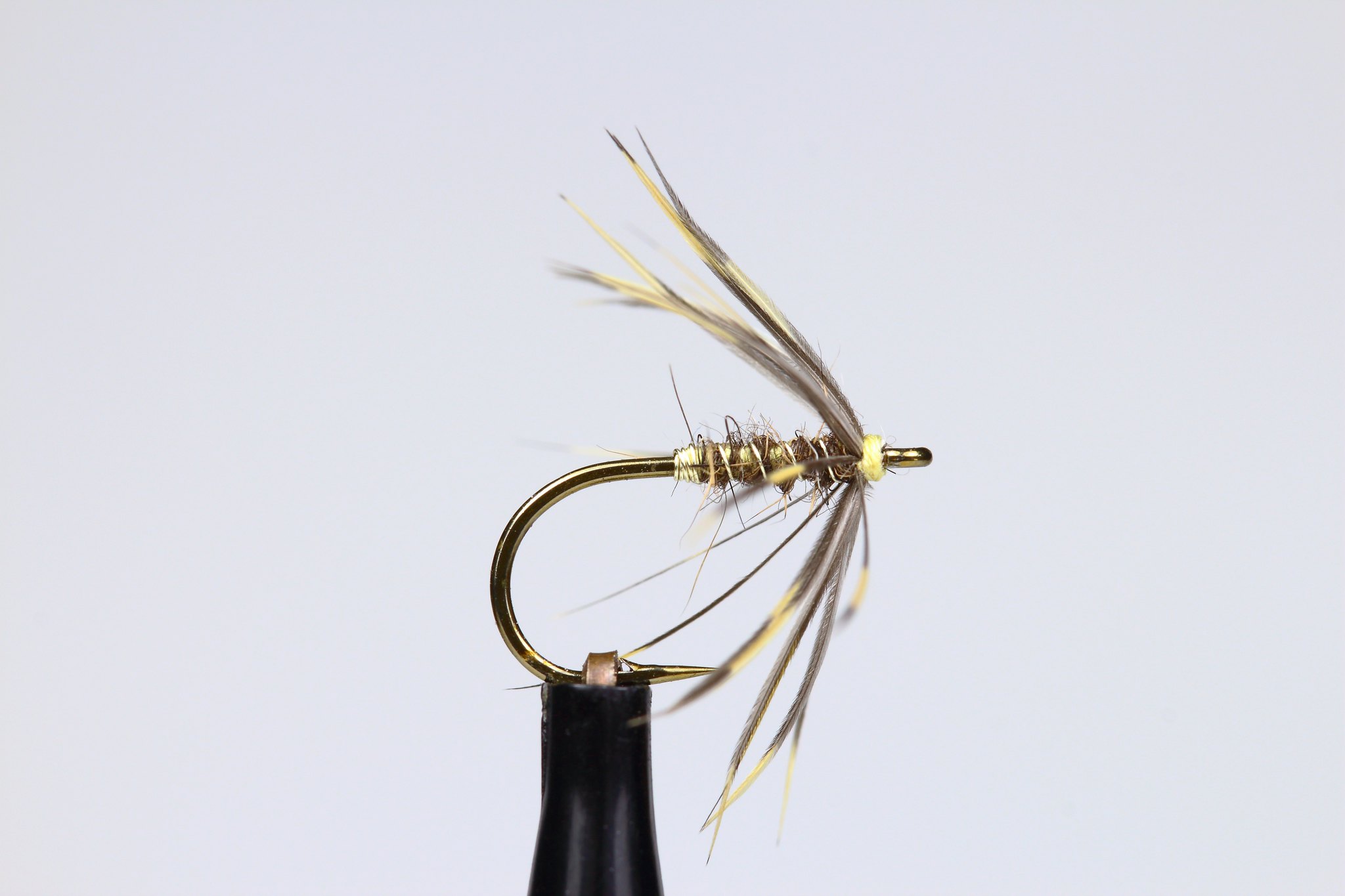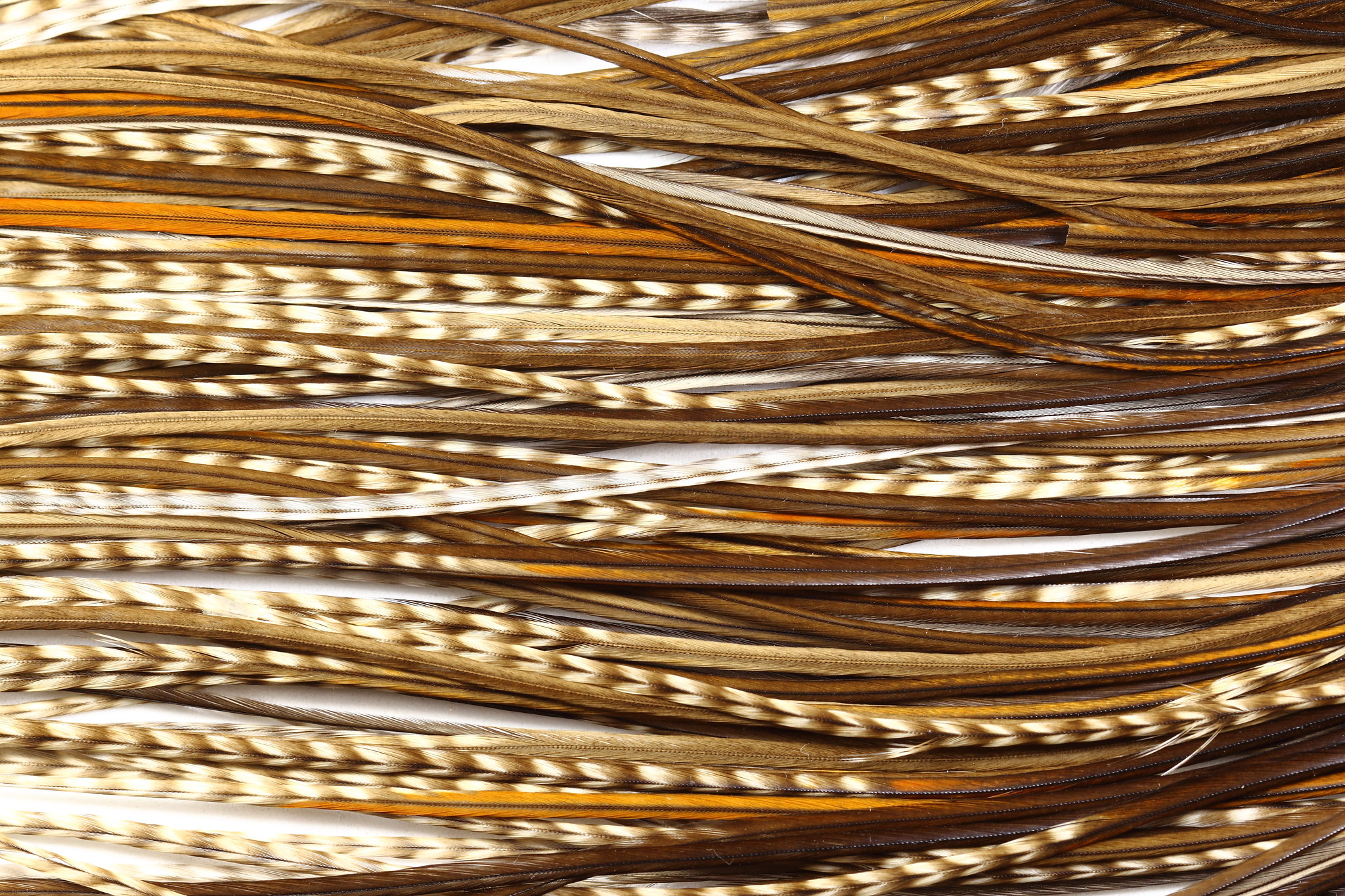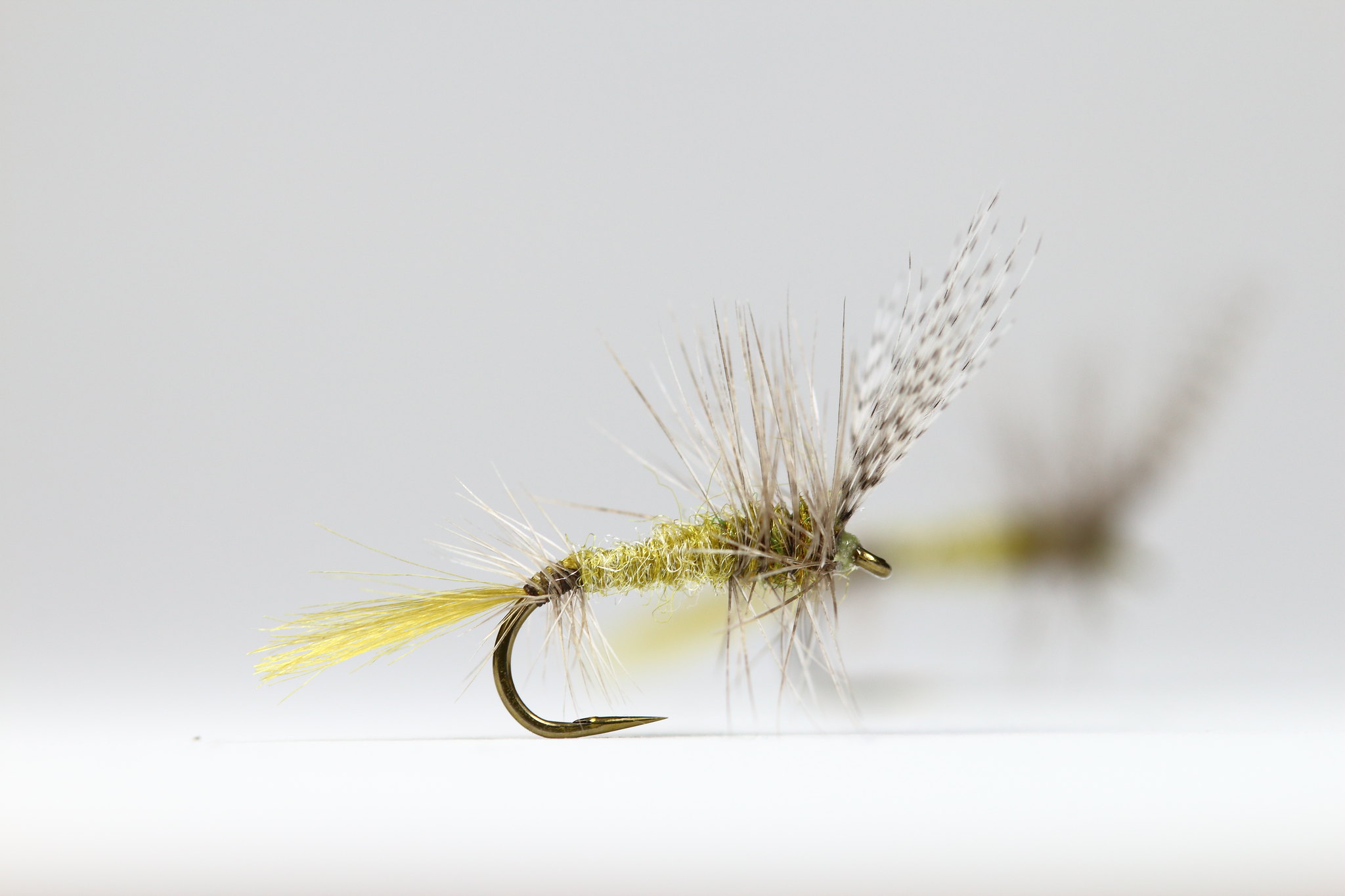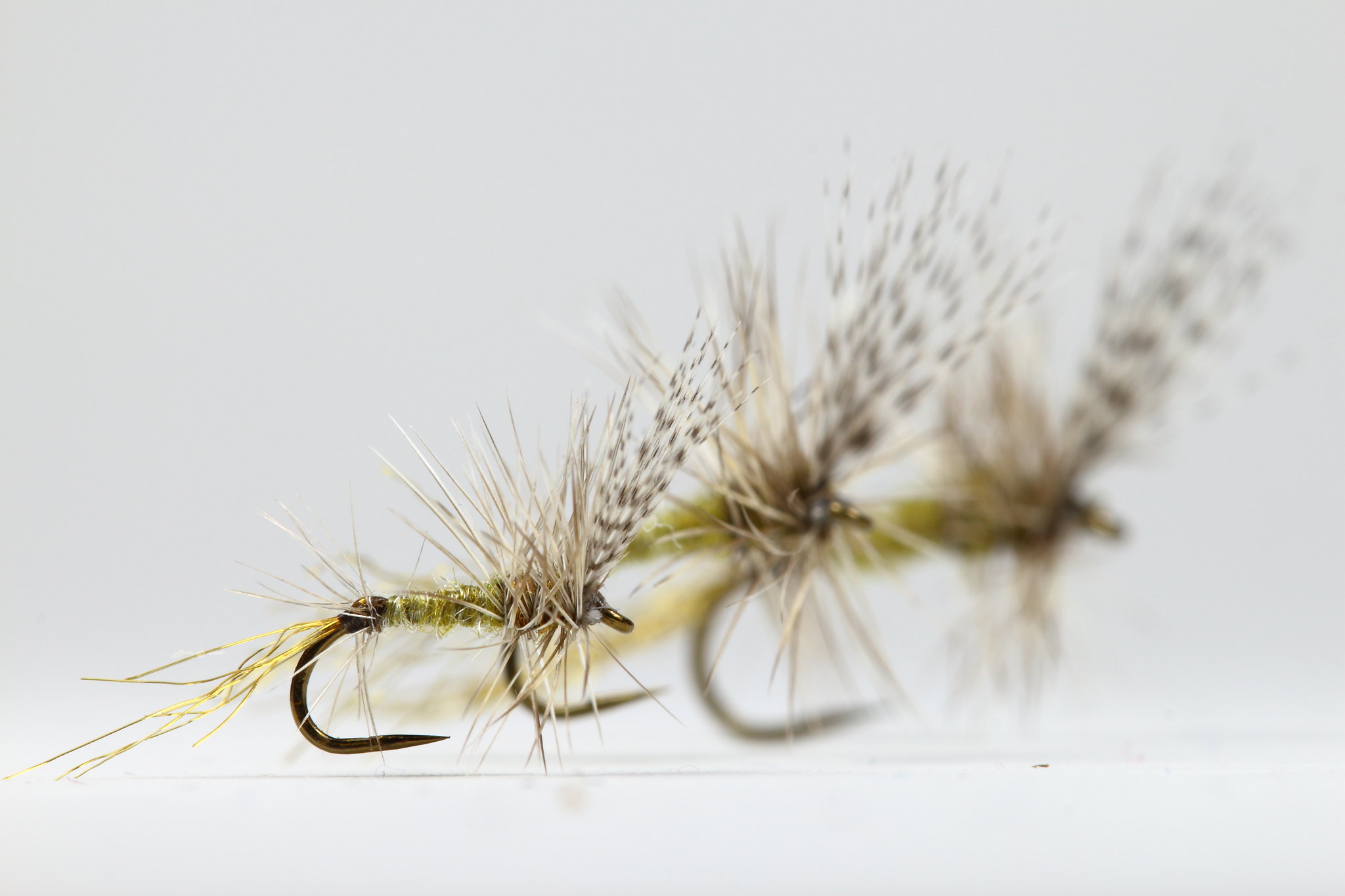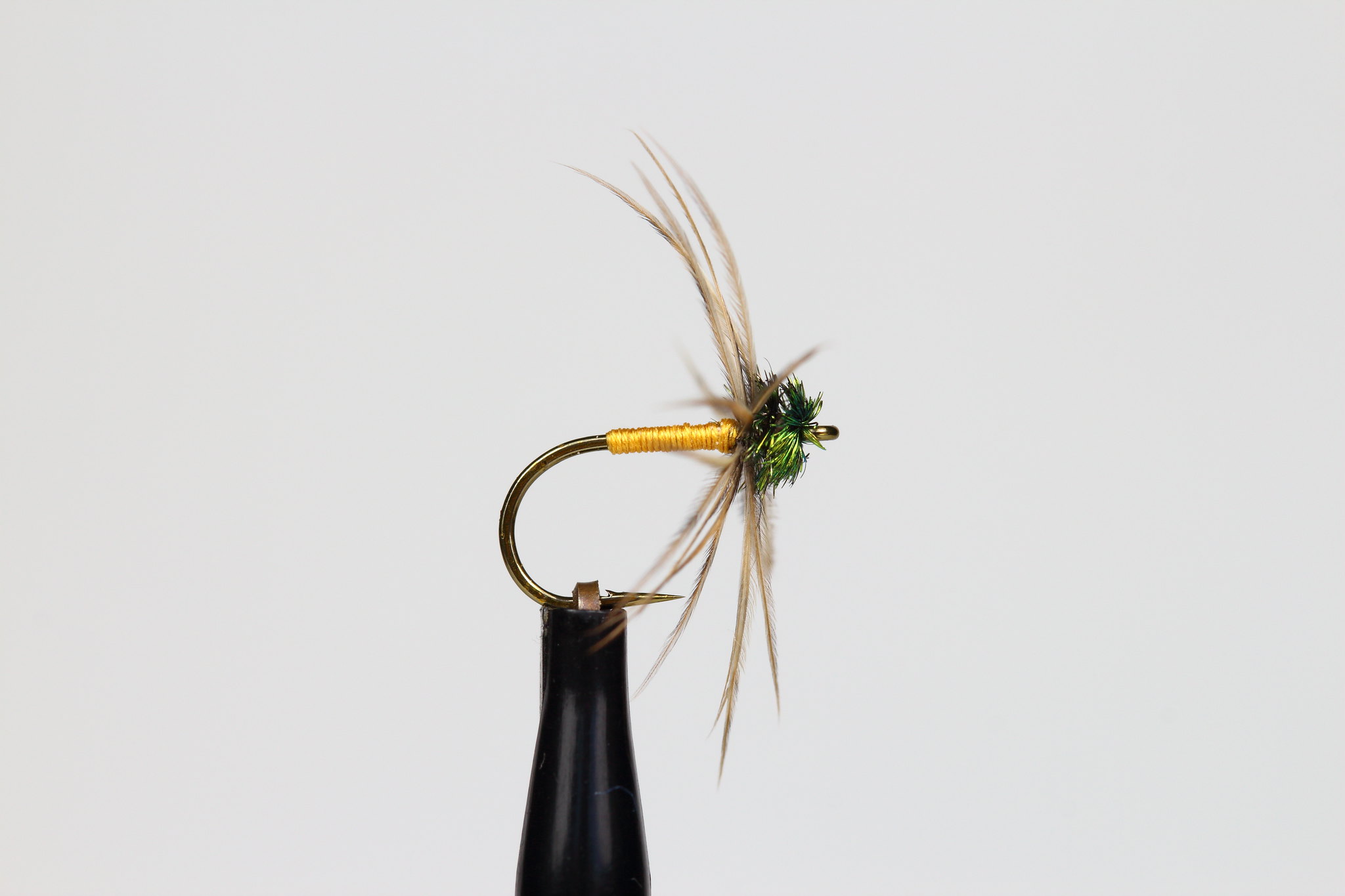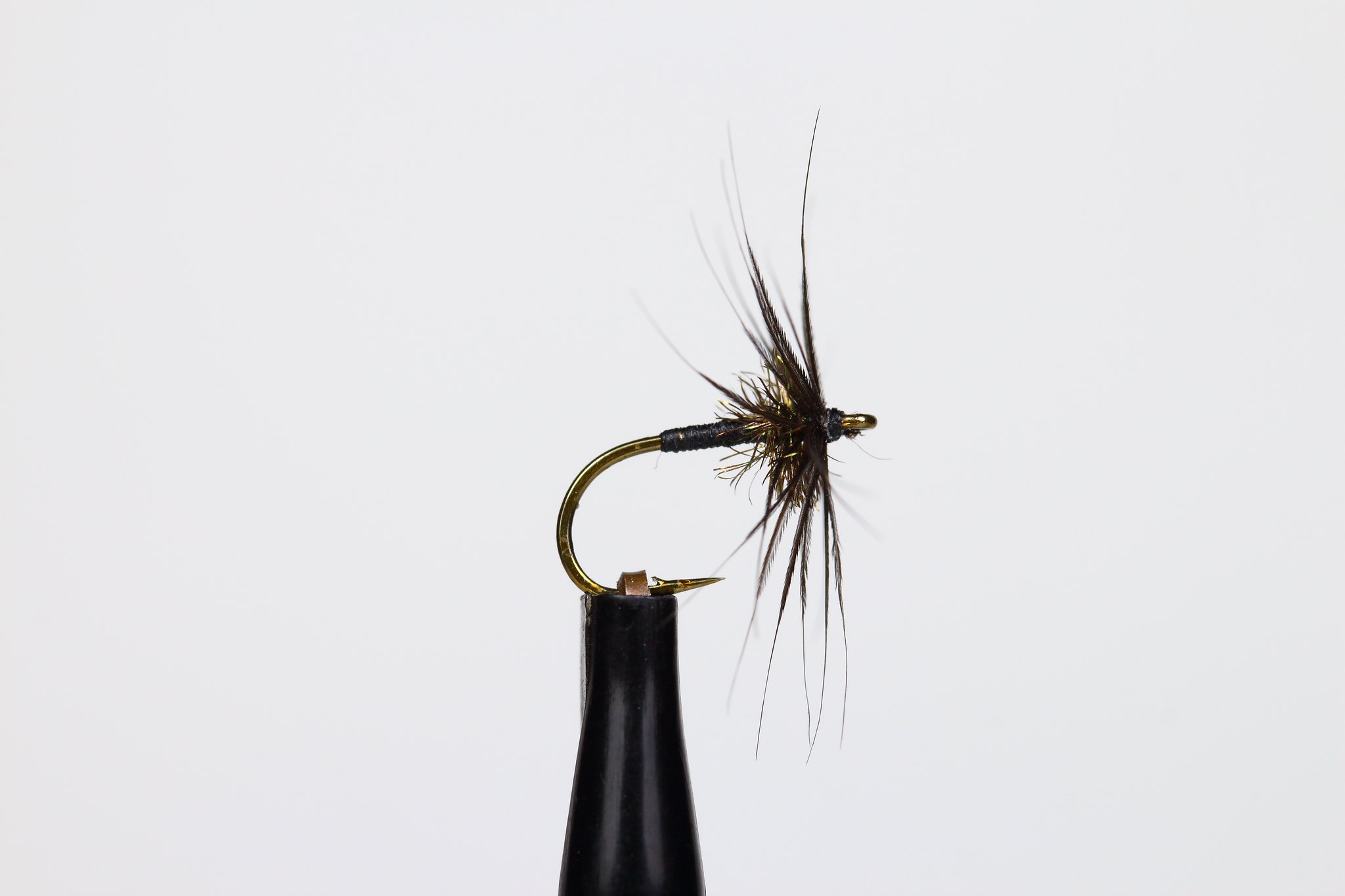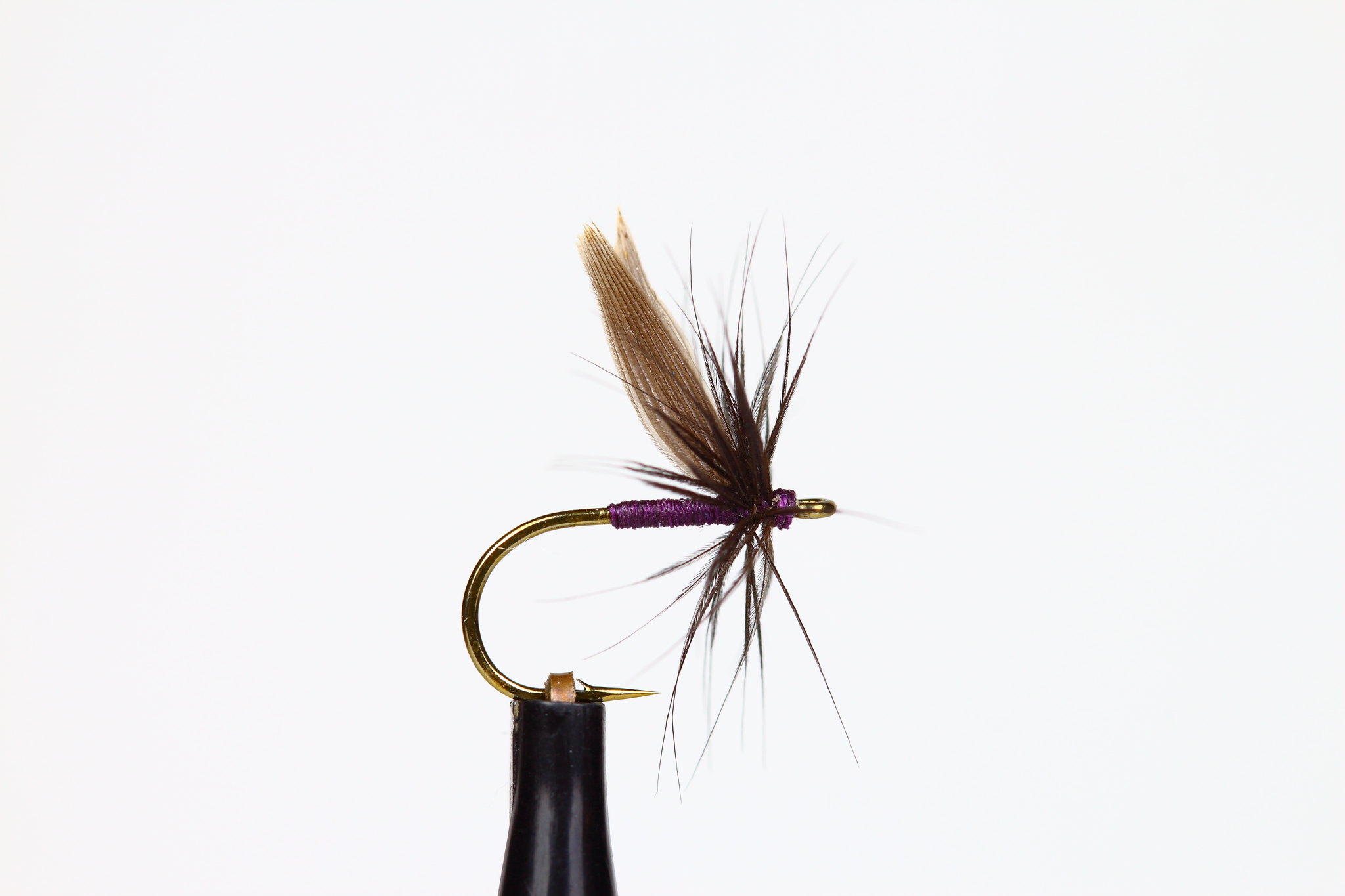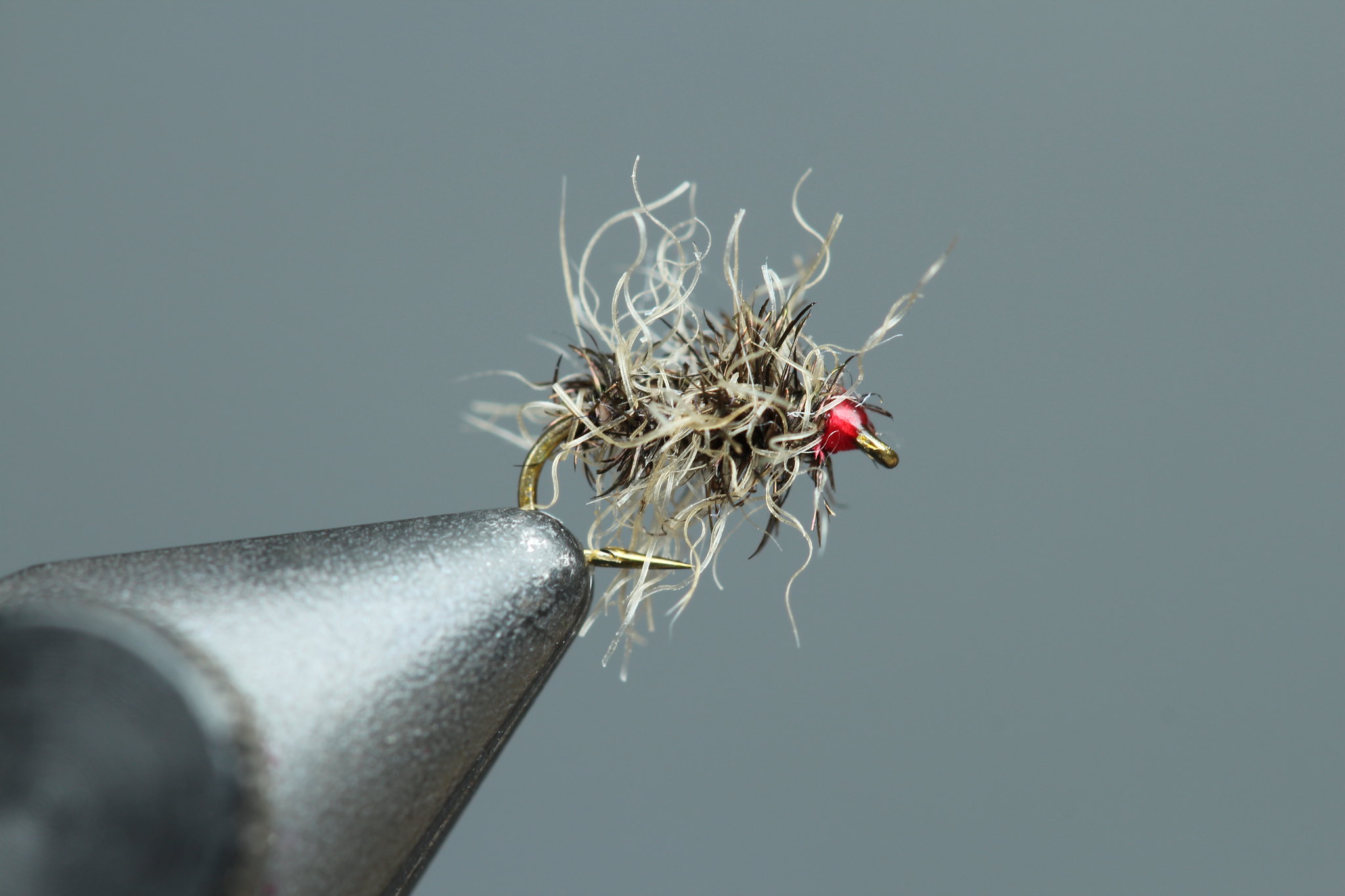 |
| Image reproduced by kind permission of Dr P Gaskell |
I'm not a tenkara cynic. But I am guilty - along with many other people - in assuming that this technique is best used on the type of environment it was developed on - small, tumbling, boulder strewn streams.
A conversation with Paul Gaskell at this years BFFI caused me to reconsider and possibly turn my opinion. He assured me there was a DVD in the making that would prove to me that tenkara has uses beyond those small boisterous waterways I don't have access to.
But before that DVD arrives I ought to get to know the basics.
The first DVD by Paul Gaskell, John Pearson and Dean Hodson of Discover Tenkara fame, titled An Introduction to Tenkara - Basics and Fundamentals, skillfully covers the essentials for anyone who has never seen or tried tenkara. I'm sure we've all seen various videos on YouTube but none cover the depth of knowledge contained in this DVD.
Dr Hisao Ishigaki guest stars, passing on his in-depth knowledge explaining in detail various aspects of tenkara. Paul and John also feature in the practical demonstration with Paul providing the narration. If you have ever watched any of the many excellent Wild Trout Trust videos, you will already know Paul narrates with clarity, making explanations easy to understand. The footage is the high standard expected from the Fish On production team, filmed high up on the Derbyshire Derwent in the Peak District. this DVD shows the style of tenkara fishing most associate with the technique.
At the end of the DVD I'm left feeling confidant enough I have been shown what the film sets out to show, the basics and fundamentals.
The following is a list of the DVD chapters; as you can see the essentials are covered. Each subject is fully explained leaving few if any questions.
Introduction
Tenkara with traditional dry fly
Fishing with Japanese wet flies
Dr Ishigaki explains short drifts
Note on fish location & tenkara
Making the cast
Dr Ishigaki on casting into the wind
Advantages of long lines
Hand-lining skills
Dr Ishigaki on playing larger fish
Kebari - Japanese tenkara flies
Dr Ishigaki's choice of kebari
Dr Ishigaki ties his kebari
If you don't really know much about tenkara and find the technique intriguing you won't go far wrong in getting a copy of Discover Tenkara. Below is a teaser trailer showing the quality of footage - well worth the money.
Discover Tenkara is available through the Fish On shop
here.



